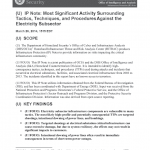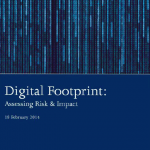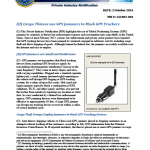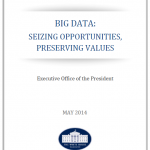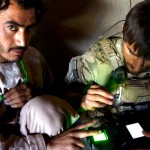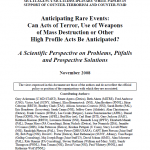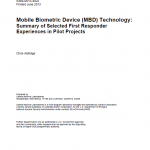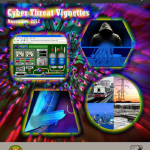
The Islamic State of Iraq and the Levant (ISIL) has become the preeminent terror group among U.S.-based extremists according to an assessment authored by the Department of Homeland Security and more than a dozen state and local fusion centers. Individuals determined to fight “overseas in a Muslim-majority country” or conduct attacks domestically will be “more likely to derive inspiration from ISIL than [al-Qaeda] or any of its affiliates” as long as ISIL can maintain its “current level of perceived legitimacy and relevancy.” This assessment of ISIL’s increasing popularity among domestic extremists is the focus of a ten page Field Analysis Report obtained by Public Intelligence titled Assessing ISIL’s Influence and Perceived Legitimacy in the Homeland: A State and Local Perspective. Drawing on suspicious activity reports from around the country as well as intelligence reporting from DHS and the Bureau of Prisons, the report finds that ISIL’s military successes in Iraq and Syria along with the group’s self-proclaimed re-establishment of the caliphate have captured the attention of violent extremists likely to buy in to its “violent extremist counterculture.”

